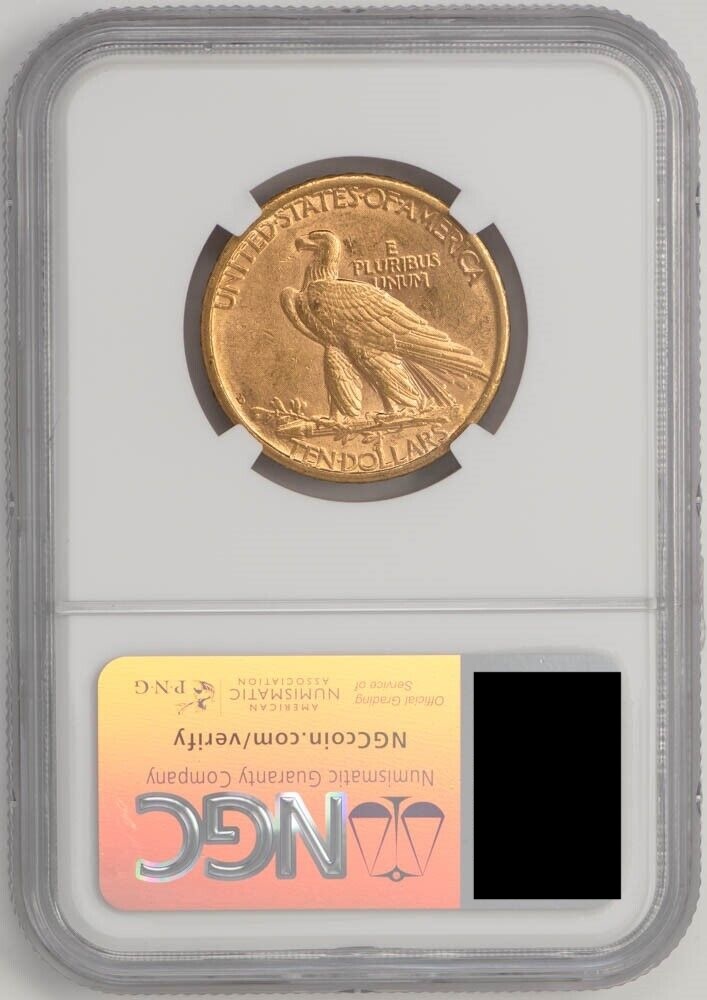garimpo – a small-scale, informal gold, diamond, and tin placer mining camp
Wildcat gold mining continues to be a problem. It’s estimated that there are as many as 5,000 illegal small-scale gold mining camps scattered throughout the Brazilian Amazon.
The wildcat miners that operate small-scale gold mining camps in the Brazilian Amazon are known as garimpeiros. Across the centuries, garimpeiros have scoured the most remote reaches of the Amazon rainforest in search of gold.
The Yanomami indigenous reserve is deep in the northern reaches of the Brazilian Amazon. The reserve is comprised of 37,320 square miles (96,650 square km) of rainforest near the border with Venezuela in the states of Roraima and Amazonas.
This area has long been the subject of environmental and indigenous exploitation for decades. One fifth, or 20% of the indigenous population of Yanomami died from diseases after 40,000 garimpeiros flooded the reserve in the 1980s. The miners were eventually expelled and the area declared a reserve in 1992.
Gold mining is responsible for an estimated 10% Amazonian deforestation. Additionally, the mercury contamination leaches into the soil and spilled off in sedimentation into vital rivers effecting all living things.
The illegal mining creates large stagnant pools of water ideal for the breeding of insects. Malaria is increasing and is spread by the mosquitos.
In international news reports, garimpeiros are presented as violent and immoral villains pillaging the forest beyond the reach of the law. Since taking office in 2019, President Jair Bolsonsaro has sent mixed messages regarding his intention to open up parts of the reserve to mining exploration.
The president has said the reserve is too big for its population of around 26,000 indigenous people, and its mineral riches should be exploited.

The mining causes deforestation as well as changes to water quality and river structure, say scientists.
Indigenous leaders argue that the garimpeiros bring many problems to the reserve including significant environmental damage and endangering local indigenous communities.
Toxic minerals like mercury are used by the miners to separate gold particles from mud and other minerals. The toxic mud and silt are dumped into the rivers and pollute the food chain. Garimpeiros also bring other problems such as prostitution, violence and diseases like malaria.
Academic research on the impacts of garimpo on biodiversity backs up these complaints. Researchers from the World Wildlife Fund have found high mercury levels in fish as far as 90 miles (150km) from garimpo sites in the Amazon. The researchers found mercury in Amazon river dolphins.
Nearly half of those studied had dangerously high levels. Other researchers found record mercury levels in jaguar fur near garimpo sites in the Brazilian Pantana.
The mercury that miners use to separate gold particles from mud and silt is dumped into rivers and burned off into the air. Mercury spreads into the aquatic ecosystem via a process called biomagnification and concentrates rapidly as it passes up the food chain. Birds and larger mammals are sensitive to changes in forest cover and vegetation and flee garimpo areas.
For the Yanomami, nature and spirituality are intrinsically linked: every rock, every waterfall, every bird, every monkey has a spirit.As investors in bullion we have an obligation to ensure that the mines are operated in a responsible, humane and environmentally conscious way.
Further reading and information:
https://apnews.com/article/brazil-0c6ae3a83d0e74a23f4e11cb1ff86a0f
https://www.survivalinternational.org/actnow/writealetter/yanomami





